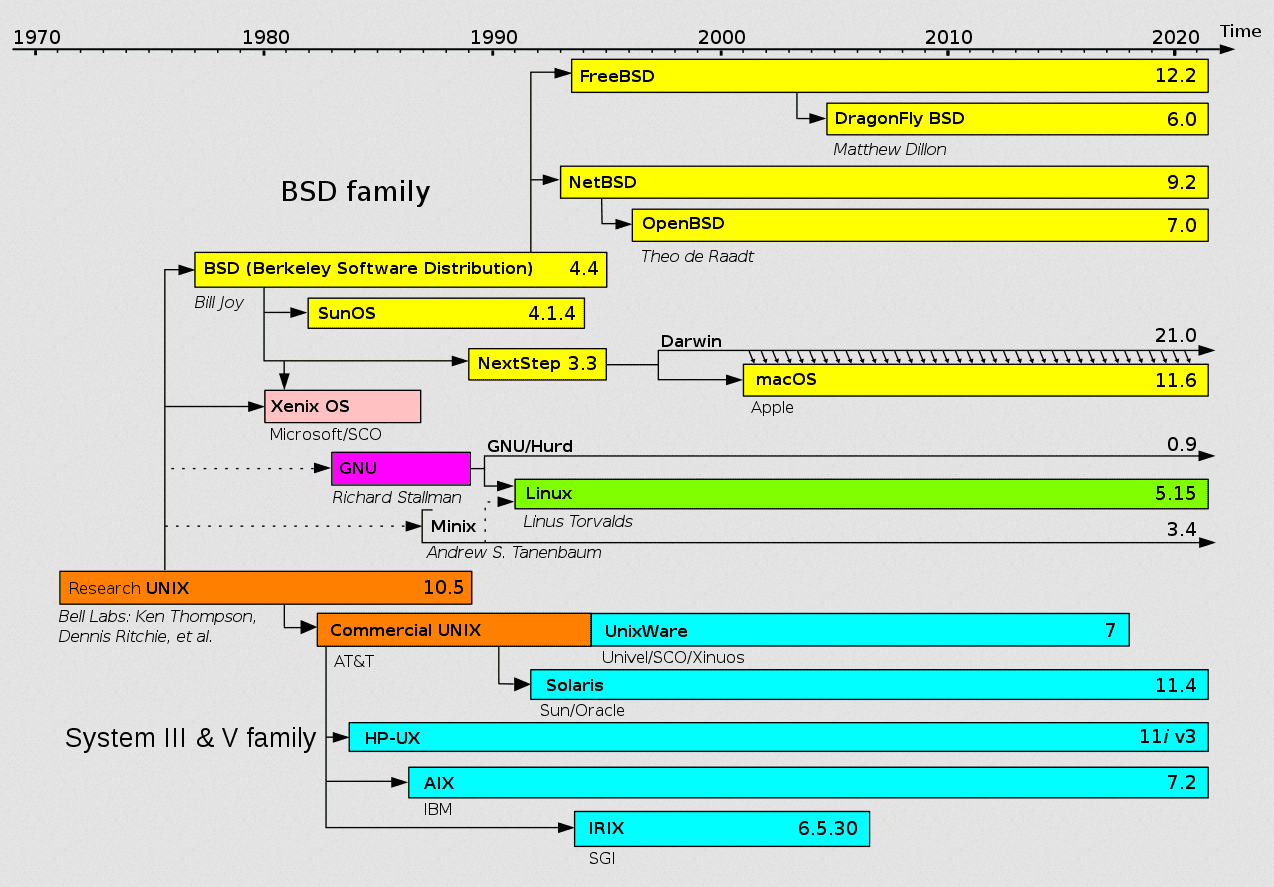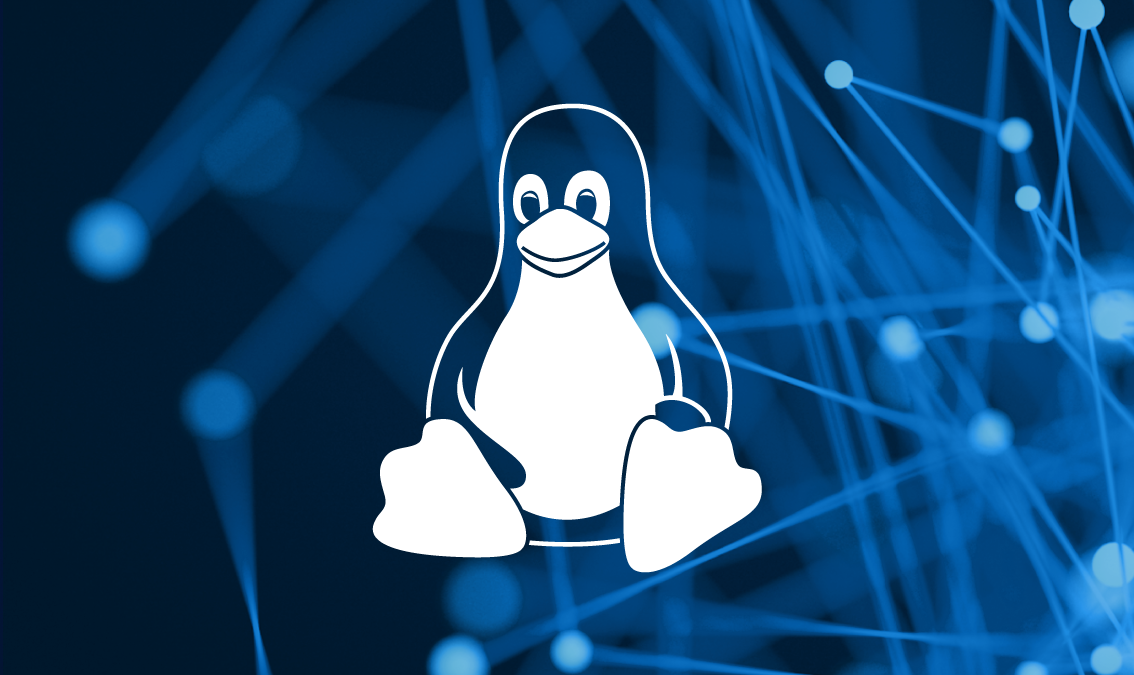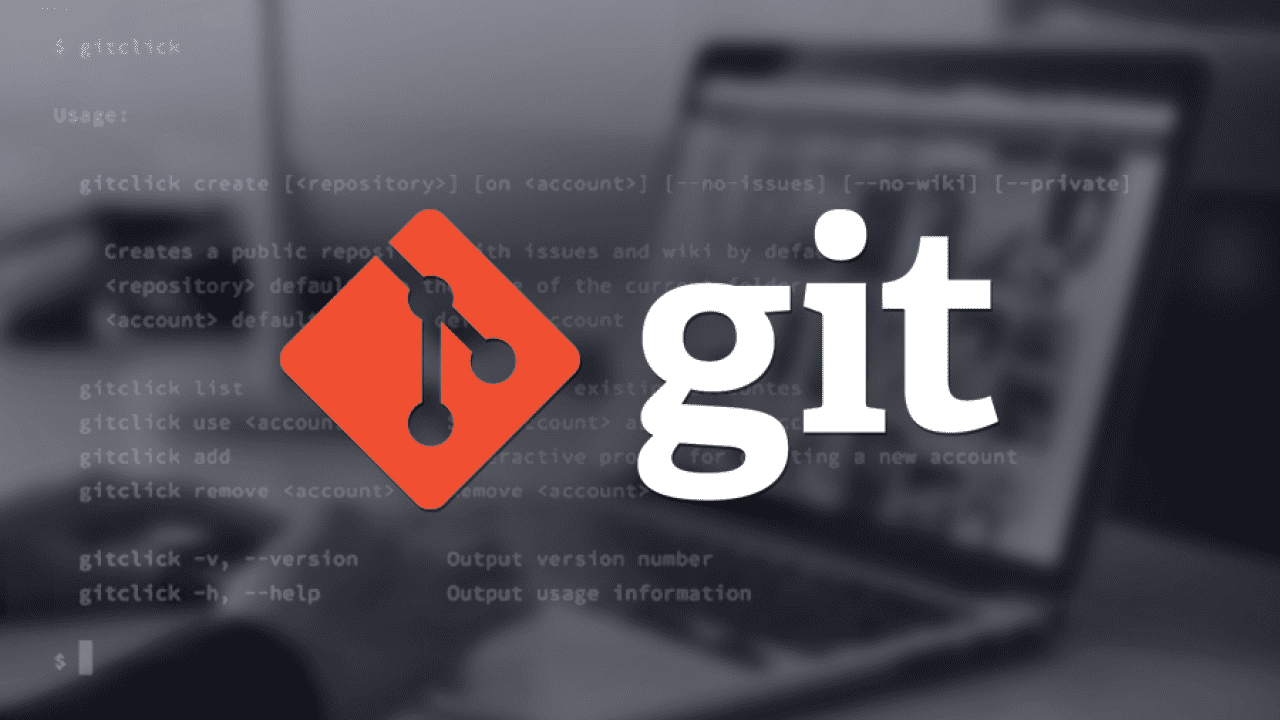A Linux-based system is a modular Unix-like operating system, deriving much of its basic design from principles established in Unix during the 1970s and 1980s.
Linus Benedict Torvalds is a software engineer, known for initiating and maintaining the development of the Linux Kernel, based on the free operating system Minix created by Andrew S. Tanenbaum and on some tools, various utilities and compilers developed by the GNU project. He is currently responsible for the coordination of the project. He has also developed the version control software Git.
Linux allows a user to control every aspect of the operating system, is an open-source system and it allows a user to modify its source code (even source code of applications) itself as per the user requirements. Linux allows the user to install only the desired software nothing else.

Design
Such a system uses a monolithic kernel, the Linux kernel, which handles process control, networking, access to the peripherals, and file systems. Device drivers are either integrated directly with the kernel, or added as modules that are loaded while the system is running. The Project’s implementation of the C library works as a wrapper for the system calls of the Linux kernel necessary to the kernel-userspace interface, the toolchain is a broad collection of programming tools vital to Linux development (including the compilers used to build the Linux kernel itself), and the coreutils implement many basic Unix tools. The project also develops Bash, a popular CLI shell. The graphical user interface (or GUI) used by most Linux systems is built on top of an implementation of the X11 Window System.
|
User mode |
User applications |
|
Kernel Mode |
Linux kernel |
|
Hardware (CPU, main memory, data storage devices, etc.) |
GNU/Linux operating systems can run in both graphical and console mode, since the graphical environment is not explicitly linked to the rest of the system management programs and can be used optionally. The console is common in server distributions, while the graphical interface is oriented to the end user, both home and business. The most popular desktops in Linux are: GNOME, KDE Plasma, LXQt, Xfce, MATE and Cinnamon, although there are many more,
Distributions

A Linux distribution is a software distribution based on the Linux kernel that includes software packages to meet the needs of a specific group of users, giving rise to home, enterprise and server editions. The most famous distribution is Ubuntu, which has been one of those that have made Linux famous in the world and comparable to other systems such as Windows or MacOS, but Ubuntu would not exist without Debian, one of the oldest and largest distributions from which Canonical was based to develop Ubuntu.
Main GNU/Linux distributions:

Ubuntu |

Debian |

Fedora |

Manjaro |

Kali |

ArchLinux |

Parrot |

OpenSUSE |






